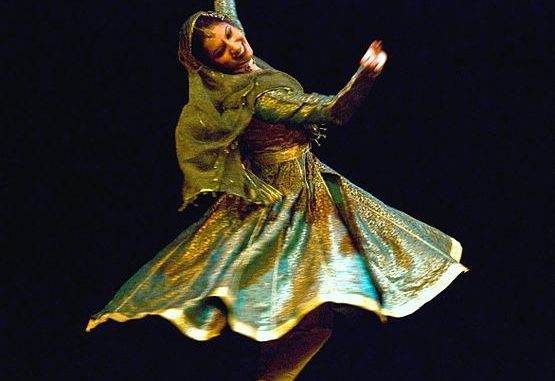
Bollywood is the term given to movies in Hindi that are produced in Mumbai, India. It is a mixture of Bombay, which is what Mumbai used to be called, and Hollywood. For years, Bollywood cinema was largely ignored by the rest of the world outside of India and surrounding countries, but that is simply not the case anymore. Bollywood’s influence on Hollywood and other film making countries is now so strong that it can no longer be denied or ignored.
For years, the government of India forbade banks and other large investors from pouring money into film making, claiming it was not a real industry. Some aspiring directors who were fortunate enough to have some money would finance their own endeavors, but that was not an option for most. Instead, they looked towards smaller investors, which in some cases meant using crime syndicate money from underground gangs. The use of mob money to finance movies gave Bollywood a bad name, which is why so many in the western world dismissed the industry altogether for so many years.
In 2000, the Indian government finally lifted their ban on banks loaning money for films and recognized movie making as a viable industry. It didn’t happen overnight, but, after several months, some of the larger banks began investing in the industry, allowing Bollywood to distance itself from the illegal money. When this happened, more movies began production, and ticket sales and revenues shot to billions of dollars every year. Hollywood began to take notice, since some very influential filmmakers began to tell how past Bollywood films influenced their mainstream films.
One of the most famous directors to claim a Bollywood influence is Australian filmmaker Baz Luhrmann, who won acclaim for “Moulin Rouge” in 2001. The musical was wildly successful, and it was influenced by the song and dance numbers that permeate Bollywood films. “Moulin Rouge” was such a hit that it spurred a renaissance of sorts in Hollywood for musicals. In the next few years, musicals like the Oscar-winning adaptation of “Chicago,” “The Phantom of the Opera,” “Rent,” and “The Producers” were all made into mainstream movies that earned big box office revenues. “Moulin Rouge” was widely credited with spurring this musical revival, with Bollywood being the inspiration to bring musicals back to western movie theaters. This is arguably the biggest contribution that Bollywood has made to the movie industry.
Bollywood also has a big influence over the financial aspect of the film industry. Once the Indian government allowed banks to finance films, the executives of the banks saw how profitable the films could be. With low production costs and high ticket sales, the profit margin was through the roof on many films, and bankers recognized the potential of the industry. Soon, they began to not only invest in Bollywood, but in Hollywood as well. Director M. Night Shyamalan, a native Indian who was raised in the United States, got roughly half the financing for “The Happening” from Indian banks. This kind of deal could easily be made with other directors who are willing to take an unconventional route to get their films financed. This type of arrangement would never have happened unless the Indian bankers saw the potential in film through Bollywood.
Since money is the bottom line for many Hollywood executives, they have paid close attention over the years to the disparity between ticket sales for Bollywood films versus Hollywood films. In an average year, Bollywood films sell around 3.6 billion tickets, while Hollywood sells just 2.6 billion. Granted, the price of Hollywood tickets is higher, so revenue is much higher as well. The cost of the average United States-produced movie is around $50 million, whereas the average Indian film has a cost of just $1.5 million. With such a high profit margin, film executives in other countries clamor to see how they can lower costs on their films and sell a billion more tickets each year like Bollywood does.
Between the musical productions, changes in financing, and the huge audience, Bollywood’s influence over the rest of the movie making world, especially Hollywood, continues to grow. It remains to be seen if more filmmakers will do what Shyamalan did and co-finance future film projects with money from Indian investors. Films like “Iron Man 3” are already getting half of their financing from China, so it could only be a matter of time before India is in the mix more often. If that does happen, then Bollywood’s influence on the film industry may very well be complete.
Proudly WWW.PONIREVO.COM
by Zack Mandell



